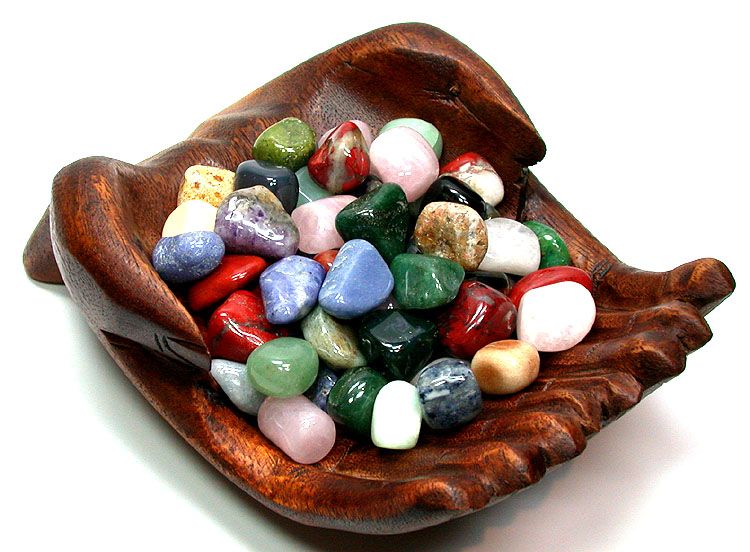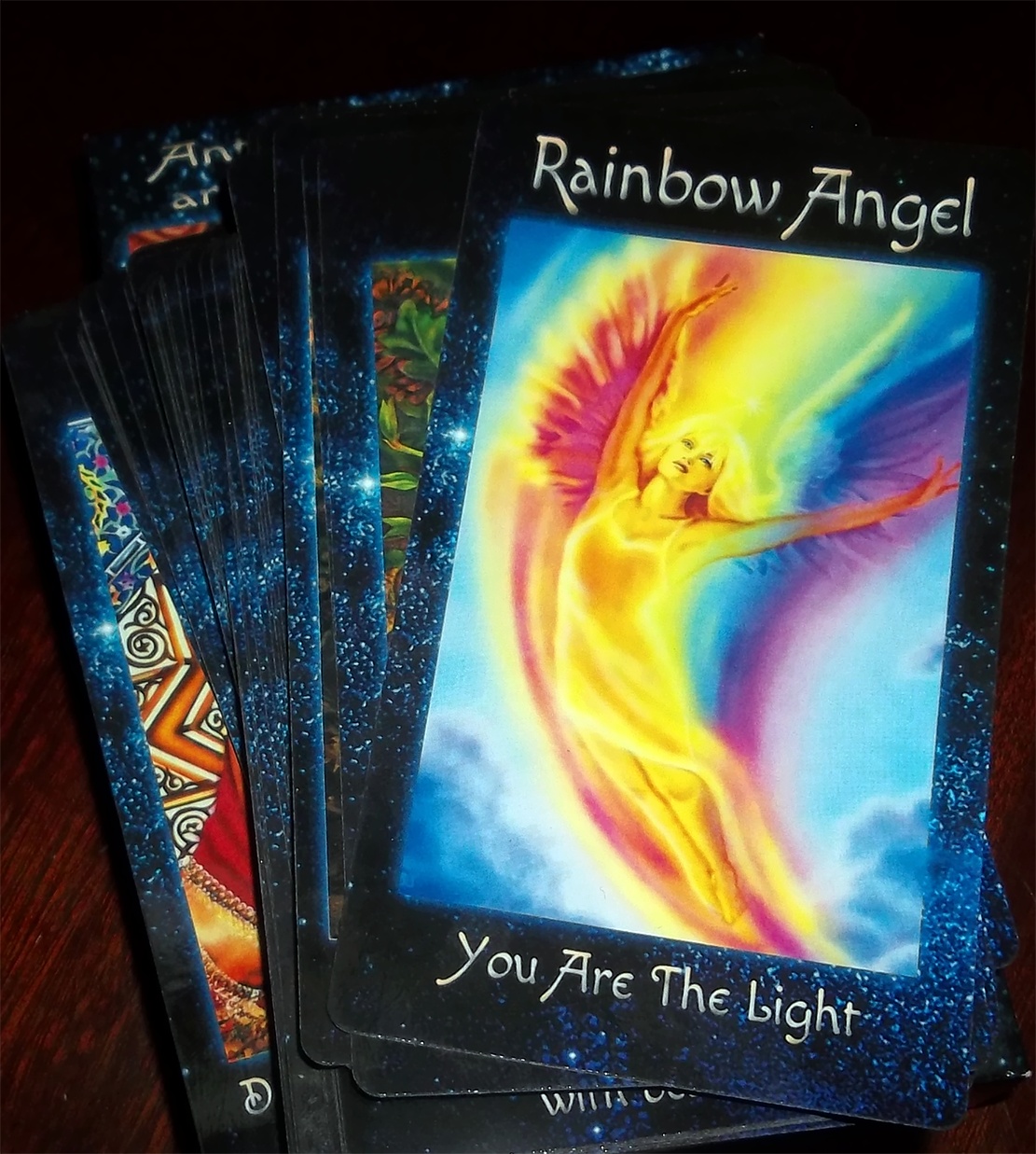Surprising Tips for Healthy Attachments
- Details
- Written by Sofia Falcone

Individuals with an insecure bonding style often face significant challenges and struggles within their relationships.
These difficulties can persist throughout their lives, impacting their overall well-being. However, there is hope for those seeking to cultivate a more secure attachment style in adulthood.
Each of us carries an attachment style – a deeply ingrained pattern of emotional bonding with others. This style is primarily shaped by our early experiences with key figures in childhood, though later interactions with friends, peers, and romantic partners also play a role.
Recognizing that an insecure attachment style can lead to ongoing distress, we offer guidance on how to foster a secure attachment as adults. Transforming deeply rooted patterns established in early years is no small feat; it requires significant personal introspection and growth. Yet, the rewards of cultivating trust-based relationships and nuanced interactions can lead to profound and positive transformations in our lives.
Attachment Styles During the first few years of life, a person’s attachment style begins to take shape, heavily influenced by the care and attention they receive as a baby. Four main attachment styles emerge from these early experiences:
- Secure Attachment: This forms when caregivers consistently meet the child’s needs with sensitivity and responsiveness. Growing up, individuals with secure attachment feel loved and secure, trust others, and have a positive self-image.
- Avoidant Attachment: In this scenario, caregivers neglect the baby’s needs and emotions, failing to respond appropriately. As a result, the child learns to suppress their feelings and becomes overly independent. They struggle to trust others and avoid emotional intimacy.
- Ambivalent Attachment: This arises when caregivers are inconsistent and unpredictable in their responses to the child’s demands. Sometimes they are loving and attentive, while other times they are distant or hostile. This inconsistency creates anxiety and insecurity, leading the child to feel unvalued and constantly seeking reassurance from loved ones.
- Disorganized Attachment: This occurs in extreme situations such as abuse, neglect, or abandonment. Children with disorganized attachment display a mix of ambivalent and avoidant behaviours, along with explosive emotions, deep frustration, and a conflicting desire for emotional connection coupled with a fear of rejection.
Developing a secure attachment in adulthood is crucial for personal well-being and relationship satisfaction. While other attachment styles can lead to complications, pain, and frustration, striving for a secure attachment offers numerous benefits. Fortunately, there are practical steps we can take to refine our attachment style, even in adulthood.
Starting from Avoidant Attachment
“The challenge for a person with avoidant attachment is to learn to trust and allow themselves to create emotional intimacy. Thus, it is important to address the following issues:
- Understand where this avoidant attachment comes from and heal childhood wounds. It is necessary to accept that at a certain point we feel rejected or minimized, and that is why we run away from intimacy. Likewise, we must be aware that this rejection does not have to happen again and that, if it does, we are now adults and we can face it. The walls we have erected do not protect us, they keep us isolated.
- It is essential to stop preventing, as this mechanism does not allow us to move forward. Think about what situations you avoid (e.g., arguments involving feelings or commitment in relationships) and allow yourself to deal with them. Take steps, even if they take you out of your comfort zone.
- Acquire a tool that helps you manage the insecurity generated by emotionally bonding with others. Diaphragmatic breathing is a simple technique that will allow you to return to your centre and make better decisions when the urge to flee arises.
- Learn to express your emotions without hiding and being vulnerable. Your partner needs to know what you feel, what you want, and what you need. Be assertive and start opening up your inner self”.
Starting from Ambivalent Attachment
“If you have an ambivalent attachment, your challenge is to overcome the emotional dependence, to stop desperately seeking the love and presence of other people. For this, you can take the following guidelines:
- Understand that your attitudes stem from a wounded child who felt confused, unaffectionate, and not unconditionally accepted. This is why today you always feel insecure and need to constantly make sure that others love you and are there for you. Remember that you are now an adult and don’t depend on anyone to survive.
- It is essential that you strengthen your self-esteem, work on your self-love and start giving yourself what you long for so much from others. That is, unconditional love, acceptance, comfort, and support. Prioritize yourself, take care of yourself and your needs and improve your relationship with yourself.
- Watch your self-talk and the inferences you make from the behaviour of others. In this attachment style, it is common to be very alert to the behaviour of others and to worry and blame yourself for any changes in them. Instead of thinking that it’s your fault, that you’ve done something wrong, and that they’re going to stop loving you, try to adjust your thoughts and not get carried away.
- It can be very positive for you to expand your social circle with nurturing and nurturing people. For people who need and enjoy emotional intimacy, having meaningful relationships is important. This will help you not to put all the responsibility and expectations on your partner”.
Starting from Disorganized Attachment
In the case of disorganized attachment, it may be necessary to work on both of the above aspects to develop a secure attachment. However, since this attachment style arises from a complex trauma experienced in childhood, it is best to seek support.
Recovering from past wounds, mastering anxiety triggers, and fostering healthy connections can pose significant challenges, particularly in cases of insecure attachment. In such instances, seeking guidance from psychotherapy can be immensely beneficial.
While delving into attachment issues can be complex and deeply ingrained, it is indeed possible to overcome an insecure attachment style. With dedication and support, we can gradually cultivate greater security, confidence and overall well-being. If anyone is worth it…YOU ARE!.

Sofia Falcone
I passionately believe one person can make a difference. I write from my own experiences and interests. It is my greatest hope that by writing about my own challenges and hopes, others may feel inspired to believe more in their inner power and to fully embrace themselves.
Reprinted on crystalwind.ca with written permission from Sofia Falcone. Do Not Copy!
Source here
Posted on CrystalWind.ca ©2024. All rights reserved. Reproduction of content is prohibited without written permission. The article's title was created by CrystalWind.ca.
Liked this article? Dive deeper into personal growth and wellness! Check out CrystalWind.ca for spiritual wisdom or explore AromaWorx.ca for natural well-being tips. Spread the positivity—share this with friends on their happiness journey!
Let’s Chat! Drop Your Thoughts Below! ![]()
Latest Articles
Dive into the Mystical World of the Crystal Wind Oracle Deck!
Get All the Enchanting Details Now!
NEW Expanded Boxed Edition!
Now with 58 Cards for Richer Wisdom!

Imagine a world of inspiration and healing, free for all—made possible by YOU!
Donate Now—Ignite the Magic at CrystalWind.ca!

Epilepsy - Finding A Cure
Your donation can make a difference!
Help us find a cure – donate now!
Unlock Your Light: Join Lightworkers Worldwide on CrystalWind.ca!
Follow Us!
Featured This Month
Mabon Magic: Ideas For Fall Decoration And R…
Welcome (almost!) to Fall! We’re turning the Great Wheel once again, toward ... Read more
Crystals for Virgo
As the warmth of summer begins to soften into the crispness of autumn, the Sun... Read more
Sweet Violet
Sweet Violet Faithfulness and modesty. “I will always be true to you.” Helps... Read more
Watermelon Tourmaline
Synonym: Rainbow Tourmaline The watermelon tourmaline is a rare variety t... Read more
Peridot: The Healer's Stone
Peridot has been used as a Power Stone for centuries. Peridot fosters emotio... Read more
The Vine: September 2nd - September 29th
The Autumnal Equinox ( Alban Elfed ) Celtic Symbol : The White Swan Read more
Virgo Mythology
The Virgo Myth In all of constellation mythology, few legends are as misund... Read more
Sun in Virgo
An Overview of Sun Sign Characteristics for Virgo Virgo is guided by Mercur... Read more
Mabon in Modern Times: Fresh Takes on the Au…
The Mabon season begins somewhere around the 21st-22nd of September and cont... Read more































































































































































